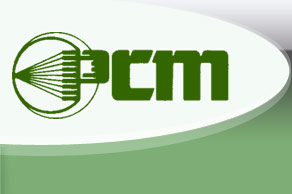 Nothing says summer like a nice round of golf! Experts believe that 24 million people in the United States play golf on a regular basis. Out of those 24 million only 8,000 are professionals, so that leaves many golfers who may lose a golf ball or two (or 12) every time they play a round. It is one of the main reasons that companies like Nike, Titleist, Pinnacle, and Callaway manufacture and ship over 850 million golf balls each year. Most golf balls come in three varieties: two-piece, three-piece, and dimple-covered shell. Two-piece are the most common and account for about 70% of all sales. The other two are made for better golfers, thus their lower popularity.
Nothing says summer like a nice round of golf! Experts believe that 24 million people in the United States play golf on a regular basis. Out of those 24 million only 8,000 are professionals, so that leaves many golfers who may lose a golf ball or two (or 12) every time they play a round. It is one of the main reasons that companies like Nike, Titleist, Pinnacle, and Callaway manufacture and ship over 850 million golf balls each year. Most golf balls come in three varieties: two-piece, three-piece, and dimple-covered shell. Two-piece are the most common and account for about 70% of all sales. The other two are made for better golfers, thus their lower popularity.
The ball itself is made of a combination of plastic and rubber. Most have a solid rubber core with a durable thermoplastic cover. In order to form the cover for the ball injection or compression molding is used. The core is placed in the middle of the mold and then the plastic is injecting into the mold to form the ball. This is where Teflon® coating comes into play. Once the plastic cools and hardens it has to be removed from the mold for painting and coating. As you might imagine, if you have to make a few million balls a year, you can’t risk having them stick in the molds. Teflon® to the rescue! Non-stick coatings allow the manufacturing process to remain fluid and therefore profitable by guaranteeing that every ball will be released from the mold in the proper fashion. It’s just another great reason why Teflon® and PCM, make your life easier and in this case a lot more fun.



Follow us on: